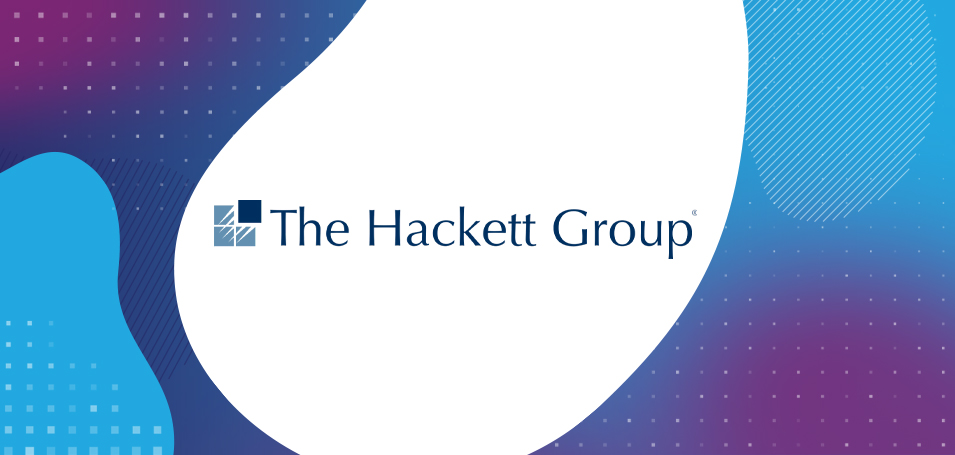We did an informal survey of customers regarding their experiences in sourcing, selecting and adopting an LMS for external training. The overall question was, what kind of information would have made the buying experience easier.
Overwhelmingly, and passionately, they told us that the most challenging part of the LMS buying experience is developing the list of requirements, largely because of the difficultly of recruiting and managing the cross functional team.
Logically, you want a representative from every functional area that touches the LMS to participate in setting the requirements. You will need input from those who use the LMS, use data from the LMS, or manage the technology.
Consider this:
- You are tasked with generating the list of requirements and finding an LMS, but it’s likely you don’t have the authority of senior management, even though finding the right LMS is critical to the company.
- The coworkers who need to be involved do not feel compelled by the task but burdened by it. It’s not in their job description, doesn’t feel urgent and takes time away from everyday responsibilities.
- Moreover, while these other subject matter experts are reluctant, if not loathe to contribute, they will be vocal in the criticism after should the selection of the LMS prove inadequate.
Build the cross functional team that will define the LMS requirements for external training
It takes a village. More appropriately, it takes multi-departmental involvement to develop the requirements for an LMS that will not only satisfy today’s requirements for external training but launch your company into the future.
IT’s involvement is essential. They will provide the requirements related to integration and security, and because they have been involved in many such projects, they will help you to future-proof the requirements or anticipate issues that may arise down the road.
Of course, you’ll want to involve colleagues in your department, marketing, sales, content development, finance and perhaps HR if the LMS will also be used for employee onboarding and training.
Managing the cross functional team
Gaining the active involvement of the team members is somewhat like pulling teeth. Not because these folks are opposed to the project or the importance of the outcome, but because everyone is stretched to the limit and terrorized by the seemingly unending stream of urgent tasks. Spending time cooperatively building LMS specs is not on the list. We suggest a carrot and stick approach:
The carrot:
- Emphasize the critical nature of the task by communicating the strengths and weaknesses of today’s LMS (or lack thereof) in handling today’s tasks and meeting the corporation’s goals for the future. It is likely that the weaknesses are apparent to all.
- Anticipate and communicate how your specific contributions, and a next-generation LMS, can address those weaknesses.
- Add that senior management, and their direct boss, is on board with the project and your participation.
The stick:
- Senior management has initiated this process to achieve the company’s strategic goals.
- Your boss has signed off on your participation – agreeing that your contribution is critical to success.
- Your name will be attached to the requirements submitted to senior management.
In our experience, carrot + stick = skin in the game.
Building the LMS requirements for external training
Eyes open – you, as the leader of this charge, must be proactive, assertive and, at times, be able to see the future. You cannot wait for your teammates to bring you the information. You must do what it takes to build the requirements for the LMS that will drive your professional learning business.
The list that you build will answer these 2 questions:
- What do you need the LMS to do today?
- What do you want the LMS to do tomorrow?
Powering today’s profession learning business
Audience
Requirements of the LMS must satisfy 2 audiences:
- Your customers
- Your company
This post is specific to companies where customers are external to your organization, but even if your audience is solely internal, this is the first crossroads on your journey. You want an LMS that has been built specific to your audience and definitely not an LMS that’s built for internal training. Some may offer the advice that one LMS can do it all. Do not take that advice. It leads to mediocrity and your company’s viability is on the line.
You must consider how your company generates sales, such as a direct salesforce and/or channel partners. They must be able to interface easily with the system. If yours is a more advanced learning organization, you will need advanced ecommerce. IT compatibility with infrastructure and legacy systems is also a major concern. While these are major functions of your team, as the leader you must anticipate critical issues.
Content and Delivery
Developing and curating content manually and through third-party integrations is slow and expensive. You will want to consider an LMS with integrated course authoring.
Instructor-led courses have their own sets of demands, including scheduling of instructors and facilities, travel, etc. Certainly, with an LMS you’ll want to move from admin-heavy and error-prone manual processes to automated reporting.
Similarly, if you company is selling elearning, video and other types of self-paced learning, you must detail these requirements, especially the ability to offer learners a single portal for their learning experience.
Driving the future of your professional learning business
Subscription model
If your company’s goals include growth, you will want to embrace the subscription model.
“The subscription model is a win/win for customers and businesses. For businesses, it scales better, is easier to run and guarantees recurring revenue. For the customer, it offers convenience and is sometimes even less expensive.” – More info: Is A Subscription Model In Your Company’s Future? It Had Better Be! Shep Hyken, Forbes
The LMS must be able to support this model not only through financial management and reporting, but also by becoming its own sales channel. Ecommerce is essential, individually timed and personalized marketing communications and in-app widgets, which allow the learner to access your portal through complementary applications, such as salesforce.com.
Here’s an excellent discussion of this financial model and strategies for success with subscriptions:
5 Critical Success Factors You Need to Incorporate into Your Subscription Business Model
Self-paced learning
If your company has not yet transitioned to self-paced learning, like elearning and video, the LMS will fuel the journey. Self-paced learning brings tremendous advantage including:
- Lower cost. Major considerations such as instructors, admins and extensive travel are minimized if not eliminated.
- Scalability. “Scalability refers to the ability of a company to sustain or better its performance in terms of profitability or efficiency when its sales volume increases.” (Economic Times). The LMS enables scalability. The move to self-paced learning is required.
- Agility. Time to market is drastically reduced – tools such as integrated authoring increase both the speed and the breadth of development. E-content creation, along with automated reporting, will open new avenues of profitability such as deeper penetration into the needs of specific verticals and rapid response to changing market conditions.
- Learner engagement and satisfaction. Tools such as gamification and certification help the individual learner to complete the courses and get as much as possible out of them. It does not take an industry study to understand that happy customers stay longer and buy more.
There are excellent insights and guidelines in the post How to Build a Professional Learning Business that Scales
Outsourcing the sourcing
There are several LMS consultants who are well experienced in the LMS market and have shepherded many companies to the selection of an appropriate learning platform. Some companies choose to outsource some or all of the steps to such a professional, from developing the requirements, to narrowing the field of potential solutions, to creating the RFP, coordinating demonstrations and negotiating the contract.
At Thought Industries, we understand just how difficult the process of developing the requirements for a new or replacement LMS for external training can be. We also know that the more informed you and your team are, the more successful you’ll be in finding the best solution for your company.
To get you started, and pointed in the right direction, our team has put together 59 Questions to Consider Before Selecting an LMS for External Training.
One new resource that is also available to you is our new eBook: How to Build an LMS Business Case for External Training.
We think it will be of utmost value to you as you move along the LMS buyers’ journey. Thought Industries brings you these insights, tools and recommendations as our investment in your success.



